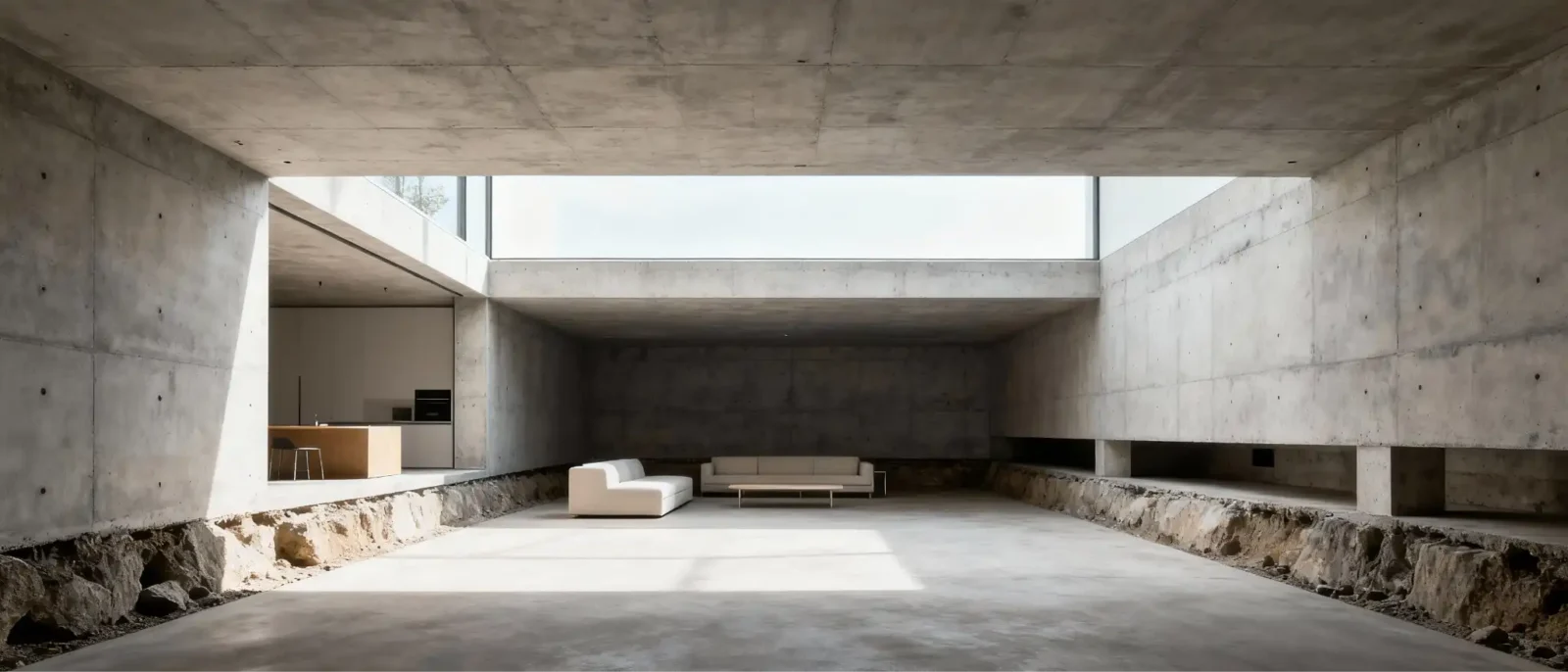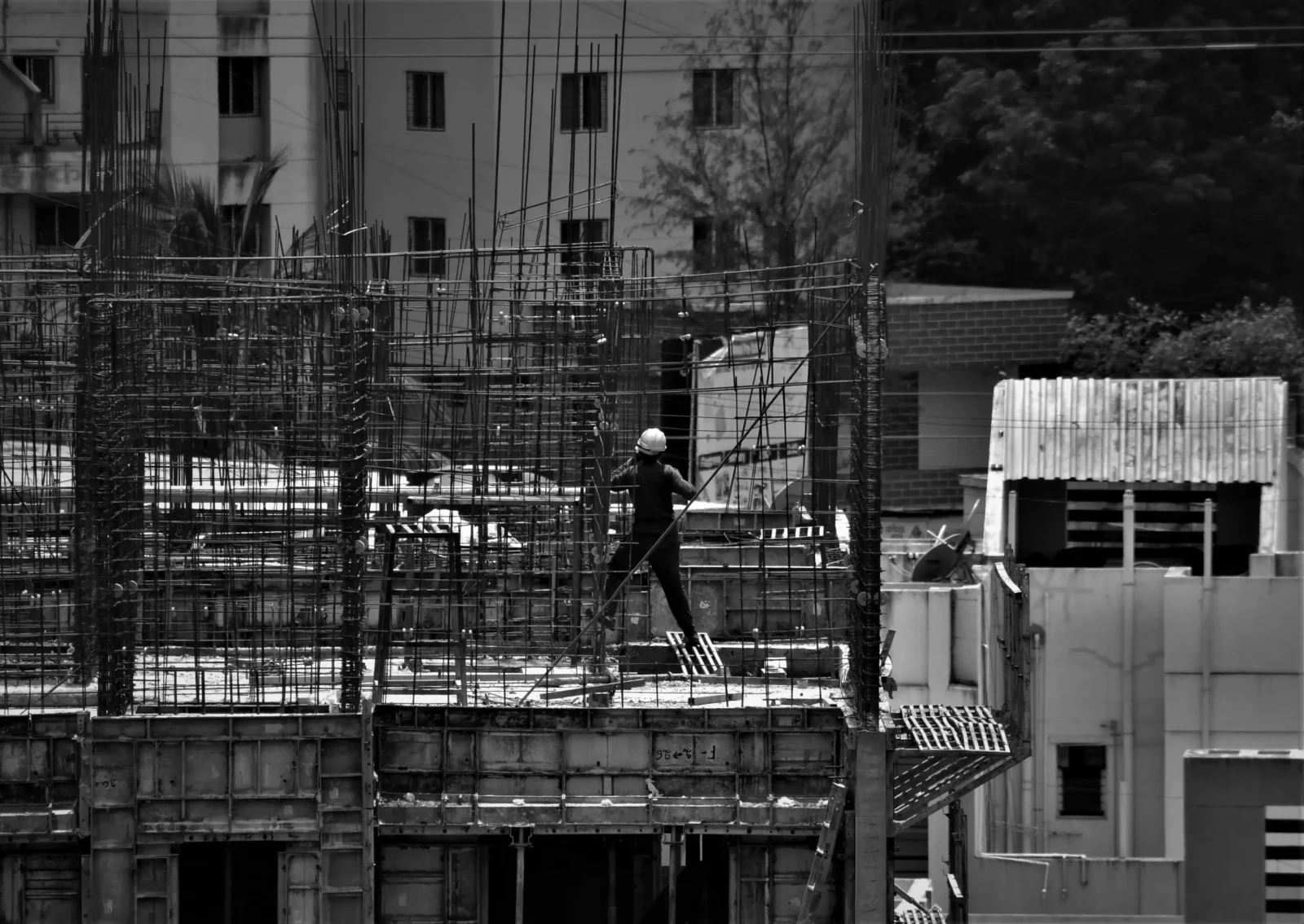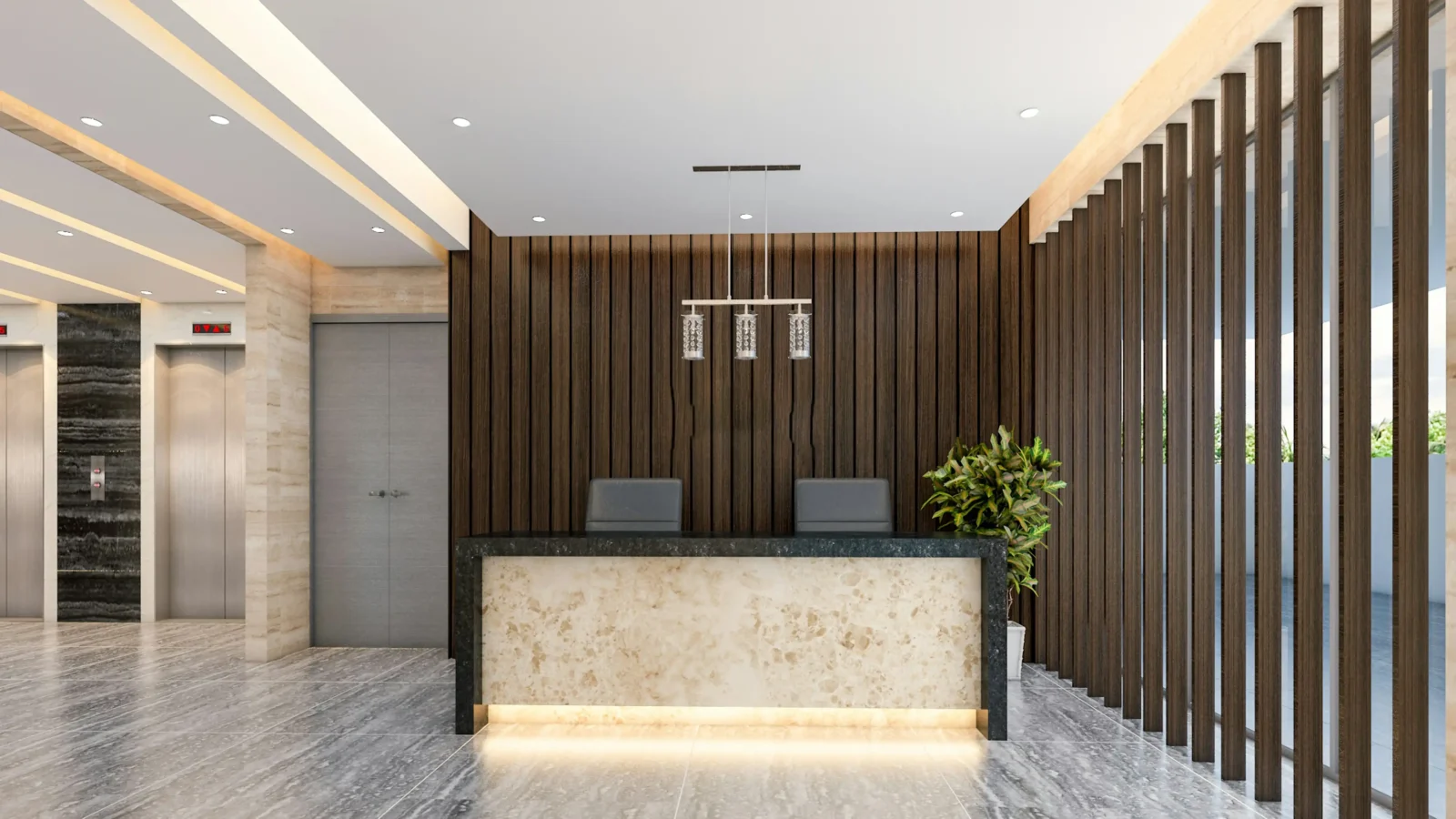- Home
- Articles
- Architectural Portfolio
- Architectral Presentation
- Inspirational Stories
- Architecture News
- Visualization
- BIM Industry
- Facade Design
- Parametric Design
- Career
- Landscape Architecture
- Construction
- Artificial Intelligence
- Sketching
- Design Softwares
- Diagrams
- Writing
- Architectural Tips
- Sustainability
- Courses
- Concept
- Technology
- History & Heritage
- Future of Architecture
- Guides & How-To
- Projects
- Interior Design
- Competitions
- Jobs
- Store
- Tools
- More
- Home
- Articles
- Architectural Portfolio
- Architectral Presentation
- Inspirational Stories
- Architecture News
- Visualization
- BIM Industry
- Facade Design
- Parametric Design
- Career
- Landscape Architecture
- Construction
- Artificial Intelligence
- Sketching
- Design Softwares
- Diagrams
- Writing
- Architectural Tips
- Sustainability
- Courses
- Concept
- Technology
- History & Heritage
- Future of Architecture
- Guides & How-To
- Projects
- Interior Design
- Competitions
- Jobs
- Store
- Tools
- More

Cities are the epicenters of modern life, where millions of people live, work, and play. However, urbanization comes with its own set of challenges, including air pollution, traffic congestion, lack of green spaces, and inadequate housing. As cities continue to grow, it is essential to design and develop them in a way that is both livable and sustainable.
Livable cities are those that are designed with the well-being of their residents in mind. These cities are characterized by walkable streets, accessible public transportation, affordable housing, green spaces, and safe neighborhoods. A livable city is a place where people feel connected to their community, have access to basic services and amenities, and can lead healthy, fulfilling lives.
Sustainable cities, on the other hand, are those that are designed to minimize their impact on the environment. These cities prioritize renewable energy, green infrastructure, waste reduction, and sustainable transportation. A sustainable city is a place that is built to last, with a focus on long-term ecological sustainability.

Designing livable and sustainable cities requires a holistic approach that takes into account the needs of all stakeholders, including residents, businesses, and government. Here are some key principles of livable and sustainable city design:
- Walkability: Walkable streets are essential for promoting physical activity, reducing traffic congestion, and fostering social interactions. Cities that prioritize pedestrian-friendly streetscapes with wide sidewalks, crosswalks, and bike lanes are more livable and sustainable.
- Accessible public transportation: Accessible public transportation is crucial for reducing traffic congestion and improving air quality. Cities that prioritize public transportation infrastructure, such as buses, trains, and light rail, are more livable and sustainable. Accessible public transportation refers to transportation systems and services that are designed to be accessible and convenient for people with disabilities, as well as for the elderly, pregnant women, and people with limited mobility. Wheelchair accessible buses, trains, and subway stations are designed to be accessible to people who use wheelchairs or other mobility aids. They may include features such as ramps, lifts, and priority seating. Then, transportation staff can be trained to assist passengers with disabilities and provide them with the support they need to navigate the transportation system safely and efficiently.Providing accessible public transportation is not only a matter of social justice, but it is also required by law. In the United States, for example, the Americans with Disabilities Act (ADA) requires public transportation systems to be accessible to people with disabilities. Accessible public transportation is also an important tool for reducing traffic congestion, improving air quality, and promoting sustainable urban development.
Sustainable cities thrive on collaboration between various stakeholders, and Cypress EI, specialists in sustainable development and urban planning, can support this process. Their expertise ensures that projects are not only eco-friendly but also offer economic and social benefits, providing comprehensive solutions for urban sustainability.

- Green spaces: Green spaces are essential for promoting physical and mental health, reducing air pollution, and improving the overall livability of a city. Cities that prioritize parks, gardens, and green infrastructure, such as green roofs and walls, are more livable and sustainable.
- Affordable housing: Affordable housing is essential for ensuring that all residents have access to safe and secure housing. Cities that prioritize affordable housing policies, such as inclusionary zoning and rent control, are more livable and sustainable.
Sustainable infrastructure: Sustainable infrastructure, such as renewable energy, green infrastructure, and sustainable transportation, is essential for minimizing a city’s impact on the environment. Cities that prioritize sustainable infrastructure are more livable and sustainable. Sustainable infrastructure is a critical component of designing livable and sustainable cities. It refers to infrastructure systems and projects that are designed to minimize their impact on the environment and support long-term sustainability.Designing and implementing sustainable infrastructure projects can be a complex and challenging process. It requires collaboration between government agencies, private companies, and local communities. However, the benefits of sustainable infrastructure are numerous, including improved environmental quality, increased resilience to climate change, and improved public health. In conclusion, sustainable infrastructure is an essential component of designing livable and sustainable cities. It is a critical tool for ensuring that urban development supports long-term sustainability and contributes to the well-being of both people and the planet.
Designing livable and sustainable cities is crucial for promoting the well-being of residents and minimizing a city’s impact on the environment. By prioritizing walkability, accessible public transportation, green spaces, affordable housing, and sustainable infrastructure, cities can become more livable and sustainable. It is essential for all stakeholders, including residents, businesses, and government, to work together to create cities that are designed for the long-term well-being of all.

Submit your architectural projects
Follow these steps for submission your project. Submission FormLatest Posts
The Vertical Revolution: How Basement Underpinning Creates Architectural Gold from Forgotten Spaces
Think about the last time you walked into a room with soaring...
Best Tools for Tracking Construction Labor Hours
Quick View of the Products Listed Best Overall: Workyard – Complete construction...
More Than a Gate: Designing a Secure and Stylish Home Entryway
A property’s entrance tells a story before a single guest steps inside....
Employer Liability and Smartphones: When Work Texts Cause Crashes
In today’s connected world, it’s nearly impossible to separate work from daily...












Leave a comment